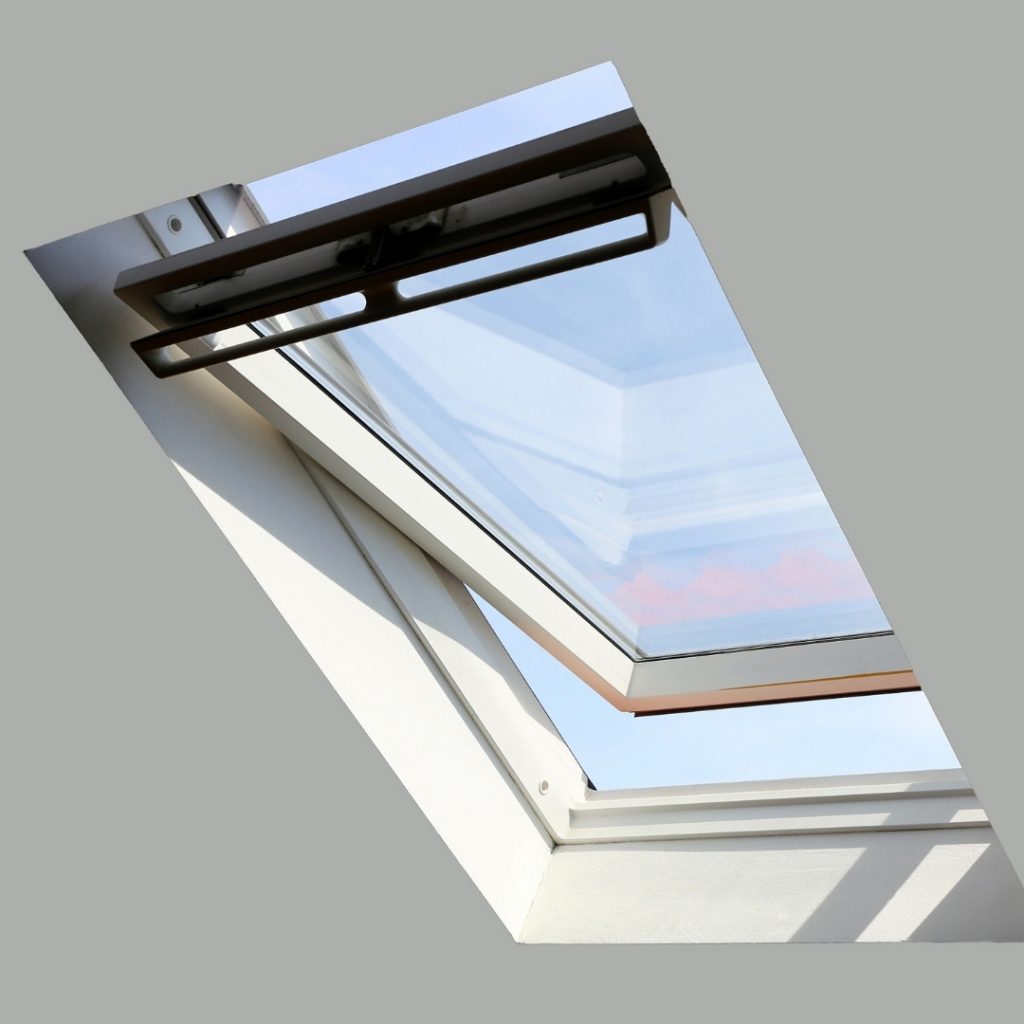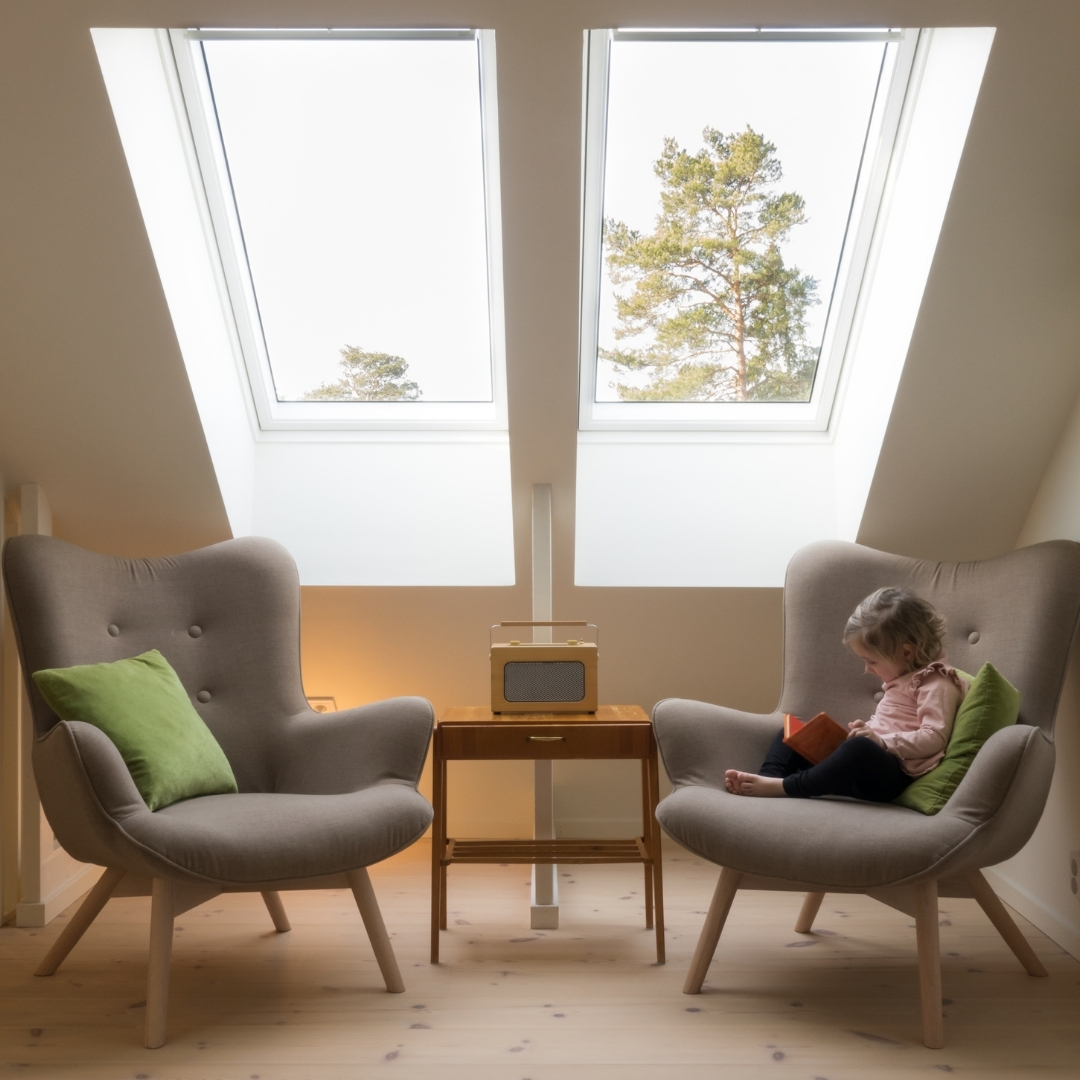A Guide to the Options & Benefits of Skylights
Have you ever wanted to stargaze or enjoy watching the rain fall without leaving the indoor comfort of your home?
Skylights are windows installed on a roof meant to brighten up a space with natural lighting and can add value to a home.






